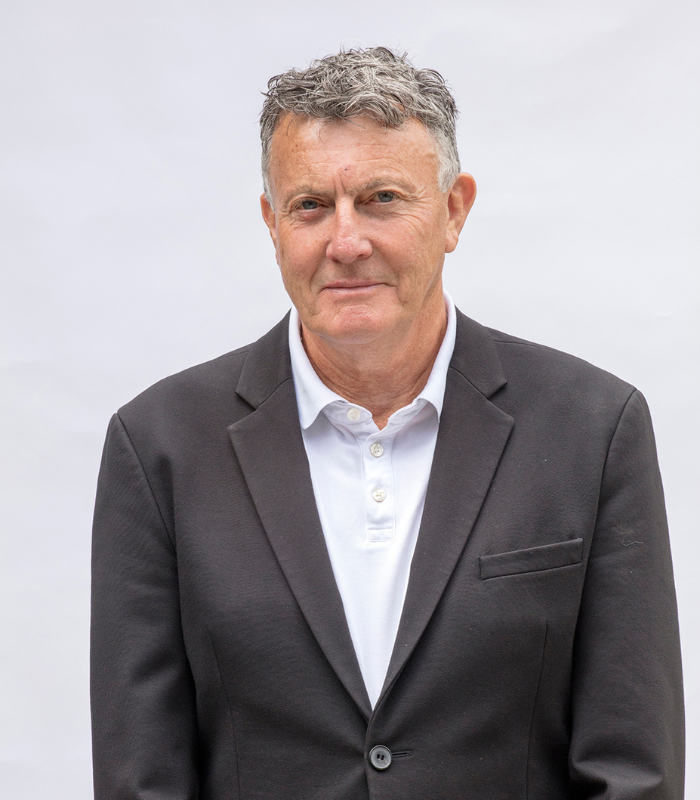It’s a great privilege to start my two-year term as President of the Royal Institute of British Architects today.
I have been a RIBA member for 40 years and a student representative before that. In that time, I’ve seen design trends rise and fade, and seismic shifts in how we work that have fundamentally reshaped our industry.

Now, our profession, and society more widely, face a myriad of challenges that can sometimes feel existential in nature.
From the climate emergency to daunting changes in technology and mounting financial pressures, these challenges may threaten our profession, but they also present us with great opportunities to lead.
Take the rise of Artificial Intelligence, a significant and impactful transformation. Professionals across every sector are rightly concerned about its implications, but as architects, it also provides us with the opportunity to deploy this technology to our benefit and that of our clients and wider society.
We’ve seen technology reshape our profession before. The arrival of Building Information Modelling (BIM) and Computer-Aided Design (CAD) transformed how we work. I remember then the unease, the questions over our role and value, but we adapted. We found ways to harness these tools to enhance what we do and I’m confident that we’ll do the same with new technologies.
Architects don’t shy away from challenges and change; we rise to meet them.
One of my key priorities as President is to focus on how we demonstrate our value. By creating lifelong learning modules, from AI to conservation, we can empower architects to curate their own career paths and remain at the forefront of innovation.
But we can lead on so much more.
The climate crisis is pressing. The clock is ticking towards 2050, as threats of irreversible damage to our planet, and way of life, become more visible, more tangible. With the built environment responsible for 37% of global carbon emissions, we must transition from being part of the problem, to leaders in providing the solutions.
80% of the buildings that we will use in 2050 already exist today. That statistic alone makes a compelling case for upgrading our housing stock. As architects, we must lead the conversation, with the public and policymakers, by pushing for a National Retrofit Strategy and then leading its implementation.
We’ve made positive steps, the UK Net Zero Carbon Buildings Standard, which RIBA helped establish, provides a crucial framework for decarbonising the built environment.
The current government has rightly made housebuilding a major focus of its first five years. RIBA will be there every step of the way and will use our influence to ensure that those homes are high-quality, sustainable and fit for the future. But we must strike the right balance between retrofitting and new builds - one cannot come at the expense of the other.
Ultimately, our profession will only be as strong as the quality of the new, young architects joining it. My predecessor, Muyiwa Oki, championed a more inclusive, open profession and I pledge to continue this work. If we want to avoid narrowing the pool of future architects, we urgently need to make our profession more accessible, from attracting students from diverse backgrounds, to supporting non-practicing architects and encouraging alternative routes into the profession. Our profession must reflect the society we design for.
I take up this role at a unique moment. For the first time since our iconic HQ was built almost 100 years ago, I’ll be the first President not to take up my tenure at 66 Portland Place, as our ambitious House of Architecture programme moves from plans on a page to implementation. A process we see in our working lives every day.
Much has been said about the ambition, and price tag, of the project, but this is a once in a generation investment in our future. Preserving our heritage and making it more accessible to all, revitalising our brand, building and digital technology.
Bringing our world class architectural collections together under one roof so they can be accessed more widely than ever before. Upgrading our digital technology to make RIBA a truly digital-first organisation that serves our members across the globe, and the essential refurbishments of our historic headquarters, replacing systems that have reached the end of their life and opening the building up to engage more effectively with a broader, more inclusive range of visitors.
The challenges we face, and the scope of the tasks ahead, are not something I take lightly. It is important however, to meet them head on.
As a profession, we have the potential to turn these challenges into opportunities, to design more sustainably, to welcome and support the next generation of architects, and to shape a more inclusive, future-facing profession that works for the benefit of all of us. I love the passion, energy and enthusiasm of our profession.
I am here to represent all the membership, and I welcome all thoughts and insights, so please do feel free to get in touch. Our strength lies in our diversity of expertise, experience and knowledge.
Thanks
Chris









